The Lost City of Kilstuithin
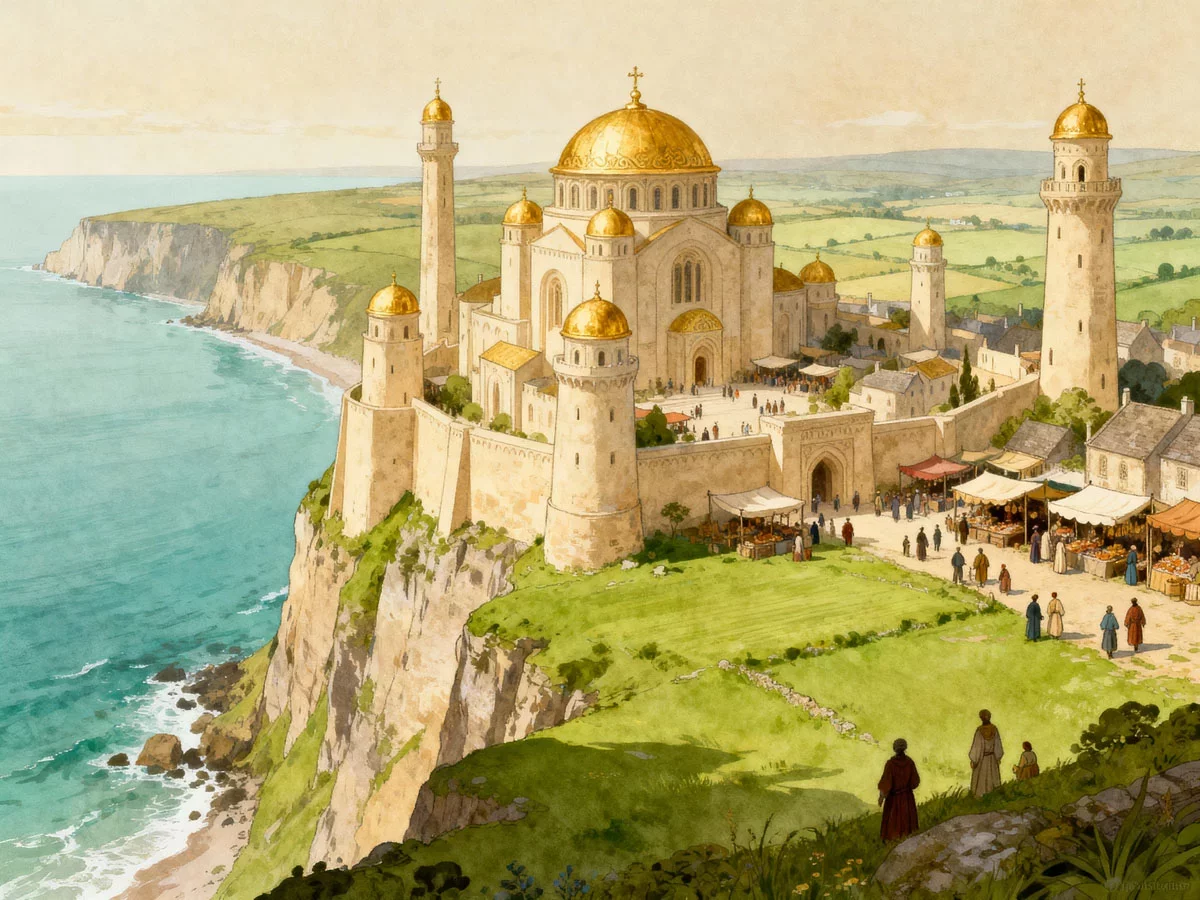
The Story: The Chieftain's Lost Key
Before there was a bay, there was a city. On that fertile land stood the magnificent city of Kilstuithin, a place of golden-domed towers, bustling markets, and a peace so profound it was the envy of all Ireland. The city was ruled by a great and noble chieftain whose power came not from his armies, but from a sacred trust he held.
The very existence of Kilstuithin, its safety from the ever-present hunger of the Atlantic, was bound by magic to a single object: a small, intricately worked golden key. This was no ordinary key; it was the lock against chaos, the ward against the sea. The chieftain was its sworn guardian, and he was under a powerful geas, a sacred injunction, to never let it leave his possession, for if the key was lost, all was lost.
For many years, the chieftain was diligent. The key was always on his person, a comforting weight that was the anchor for his entire kingdom. But on a fine summer's day, he went riding along the strand. Perhaps he was distracted by the beauty of the afternoon, or perhaps his thoughts drifted to a maiden he admired. In a moment of fateful carelessness, he dismounted his horse and lay down to rest on the dunes. As he slept, the golden key slipped silently from his belt and was lost in the soft, deep sand.
The moment the key left his protection, the sea knew. The sky, which had been a perfect blue, turned a bruised purple. The ground began to tremble, and a low moan came from the ocean's depths. The chieftain awoke in terror to see a sight no mortal was meant to see: the Atlantic was rising up, not in a series of waves, but as a single, colossal wall of water, a liquid mountain moving with silent, unstoppable intent.
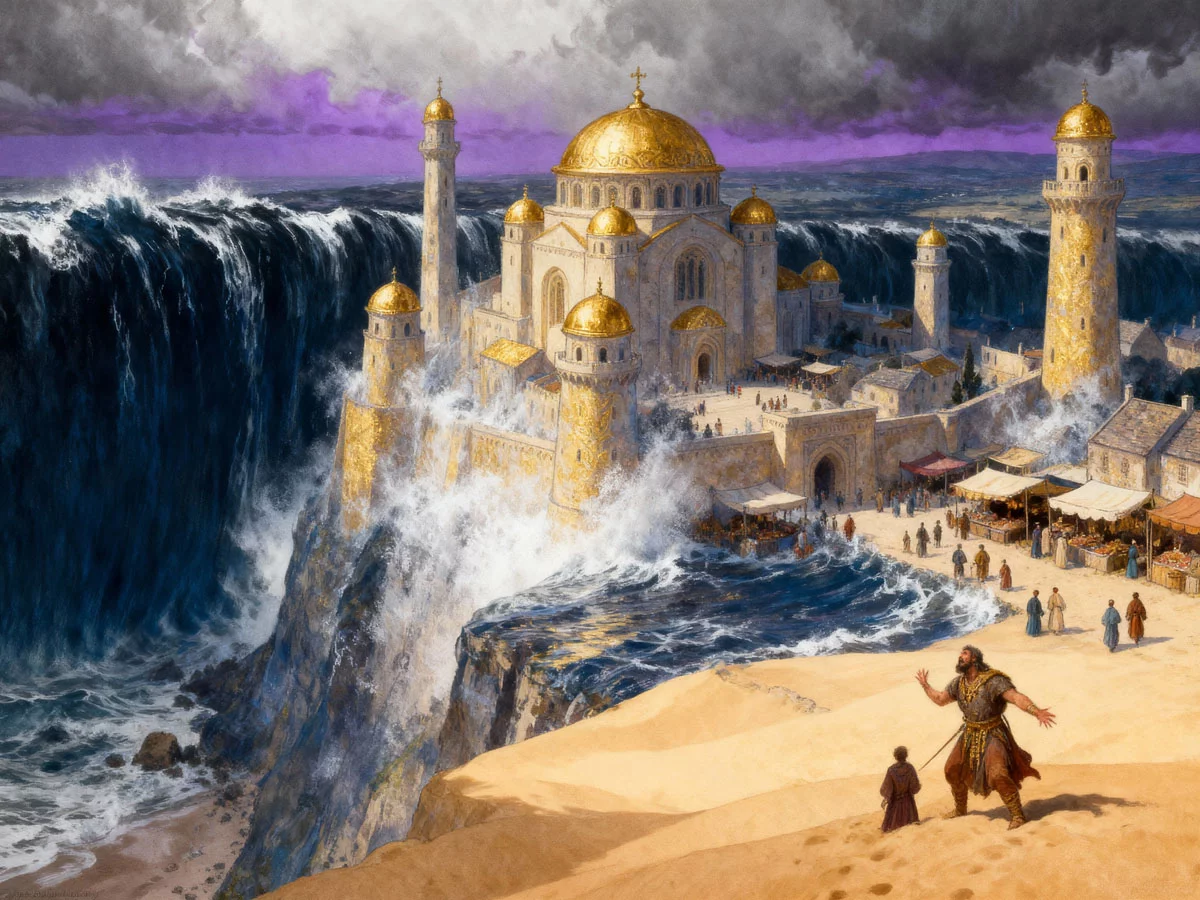
There was no time to find the key, no time to sound a warning. With a roar that shook the heavens, the wave broke, and the city of Kilstuithin was utterly consumed. The golden towers, the vibrant streets, the people—all were swallowed by the sea in an instant. Where a proud city had stood moments before, there was now only the swirling, grey water of a newly formed bay. The city and its people were entombed in a watery grave.
But the story does not end there. The city's magic, though broken, was not entirely extinguished. A strange curse was laid upon the drowned city. It is doomed to remain hidden beneath the waves, but once every seven years, for a fleeting moment, it is allowed to rise again. On that day, its golden domes and slender towers will break the surface of the bay, shimmering and perfect, a silent, beautiful apparition of what was lost.
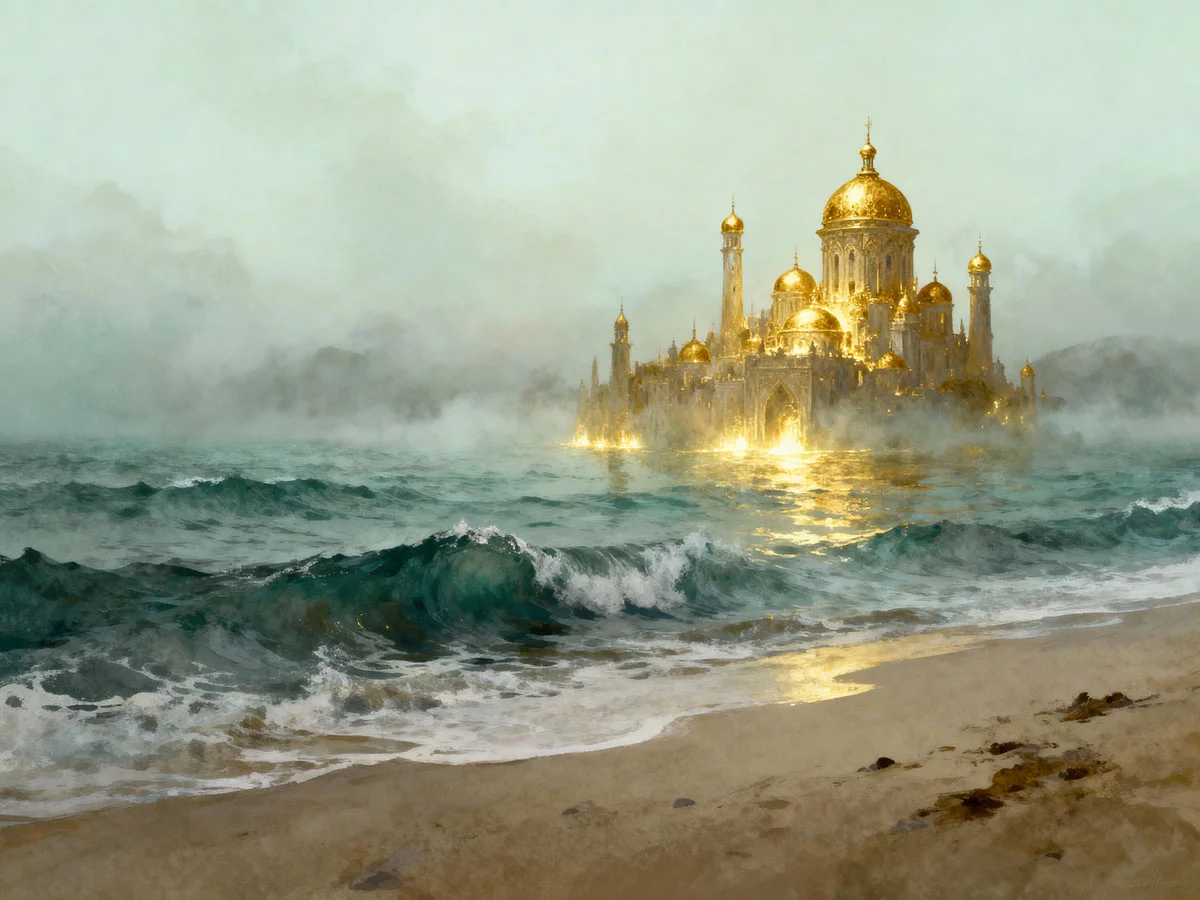
Yet, the curse has a cruel and poignant twist. Any mortal who lays eyes upon the risen city of Kilstuithin is fated to die before it appears again. This ensures its secret is kept, its beauty a fatal glimpse of a paradise that can never be reclaimed by the living. And to this day, at very low tides, you can see the black stumps of an ancient, submerged forest in the bay—proof, the old folk say, of the fields and groves that once surrounded the lost city.
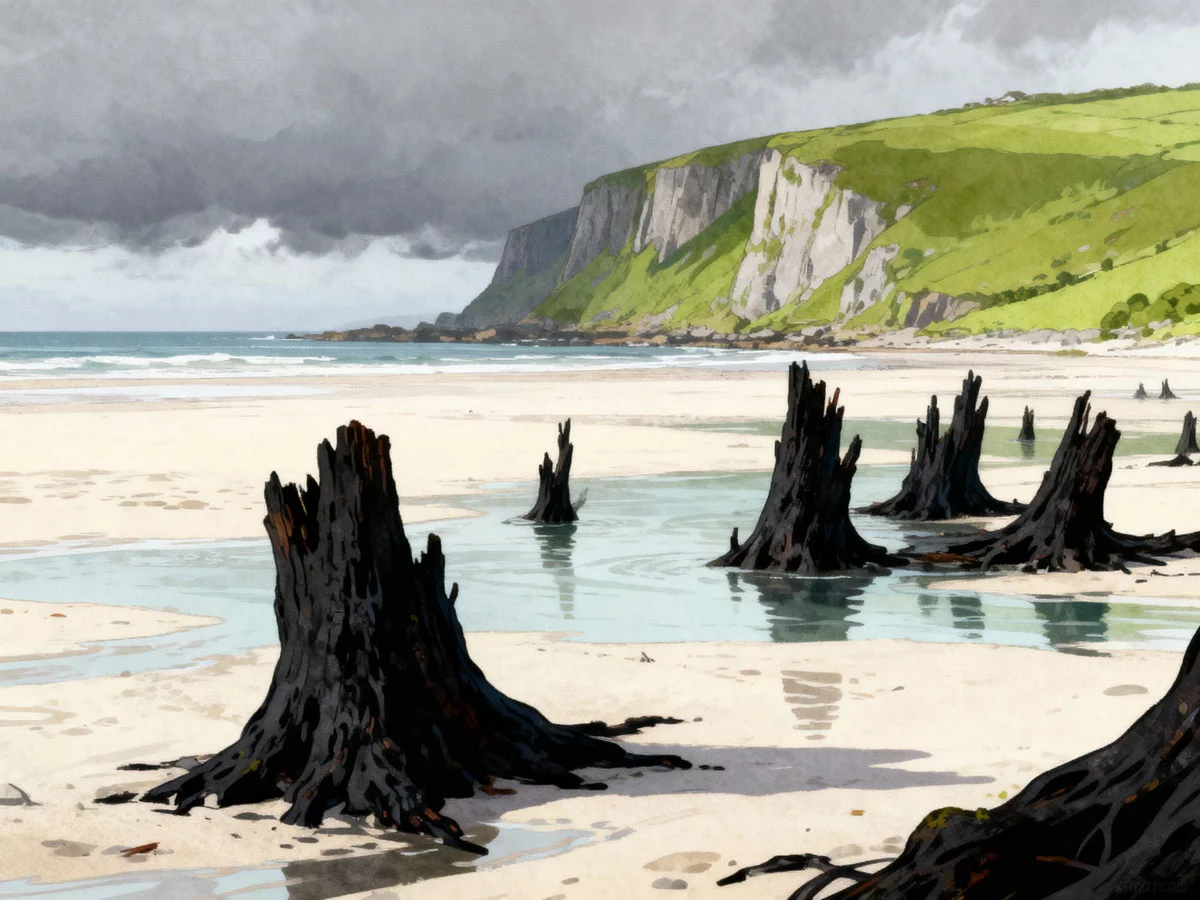
Analysis: The Paradise Lost
The legend of Kilstuithin is a powerful local version of the universal sunken city archetype, a story that resonates in cultures across the world (from Atlantis to Lyonesse).
A Cautionary Tale: At its heart, this is a profound cautionary tale about duty, responsibility, and the catastrophic consequences of a single moment of negligence. The chieftain's failure to protect the key—the breaking of his geas—results in the complete annihilation of his perfect society. It's a myth that warns against taking prosperity for granted and underscores the fragility of civilization in the face of nature's power.
The Lost Golden Age: The story taps into a deep human longing for a "golden age," an idealized past or a paradise lost. Kilstuithin represents a perfect world, unsullied by the struggles of the present, that was lost due to a simple human failing. This sense of nostalgia for a better world is a cornerstone of the sunken city myth.
Myth Grounded in Reality: What gives this legend such enduring power in the local area is its connection to a real, observable phenomenon: the submerged bog in Liscannor Bay. When the tide is exceptionally low, the stumps of an ancient forest are clearly visible. For centuries, this has been pointed to as irrefutable proof of the lost land. This physical evidence allows the story to transcend mere folklore and become a plausible, poetic history of the landscape itself.
The Magic of Seven and a Tragic Curse: The trope of the city reappearing every seven years is common in Celtic folklore, the number seven holding mystical significance. This element keeps the legend tantalizingly present—the city isn't gone forever, just hidden. The cruel twist of the curse (that seeing it brings your own death) adds a layer of beautiful tragedy. It makes the city a sight that is desperately sought but can never be truly shared, preserving its mystery and its otherwordly status. It is a treasure that can be seen but never possessed.
More Folklore
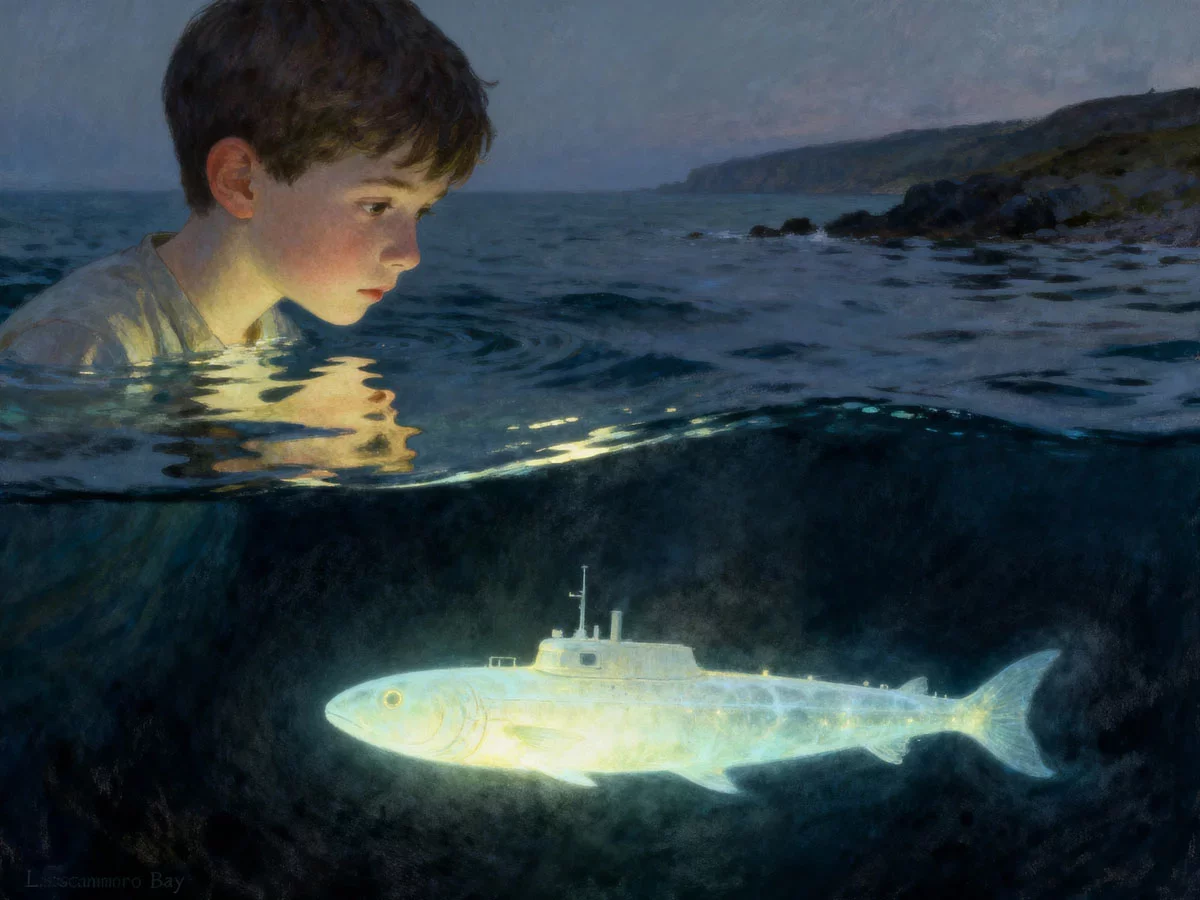
John P. Holland’s Submarine Dream
Liscannor-born inventor John P. Holland is treated as a local folk hero. His world-changing idea for a submarine is said to have been inspired by watching the sea in his home village as a boy.
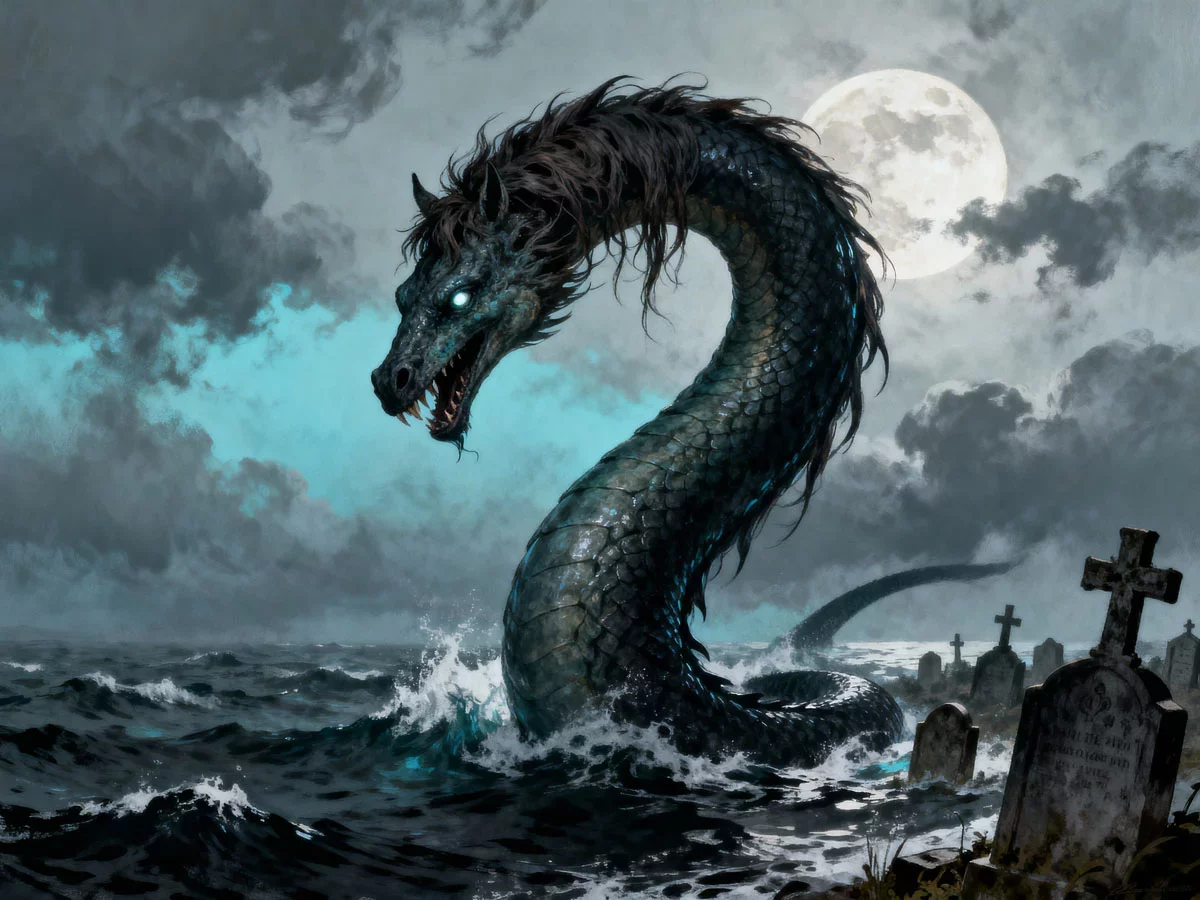
St Macreehy & the Grave-Eel
Local saint Mac Creiche subdued a gigantic corpse-eating sea-eel at Kilmacreehy graveyard and banished it to the Atlantic, proving the power of faith over primal darkness.